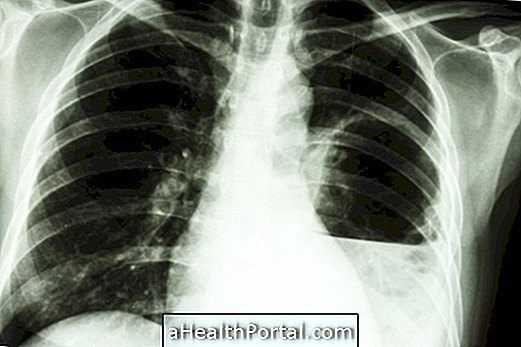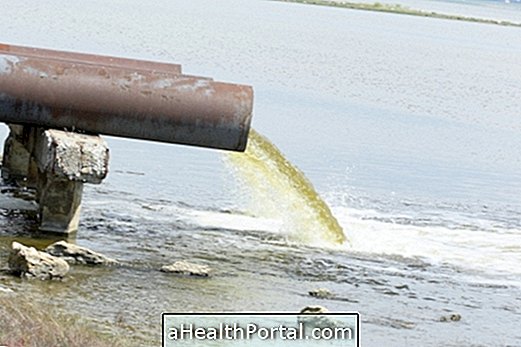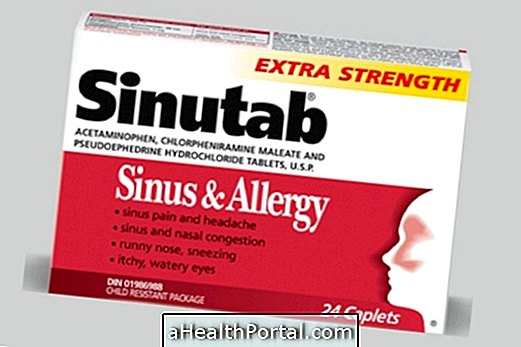Septic arthritis in the hip is a disease that can destroy and incapacitate the functions of the hip joints quickly.
Staphylococcus aureus is usually the bacterium that causes this disease, which can reach individuals of all ages, but it develops more frequently in children 2 or 3 years of age.
Septic arthritis in the hip can be divided into three phases:
- Invasion and contamination of bacteria;
- Inflammatory process;
- Joint destruction;
The prognosis of this disease depends exclusively on an early diagnosis and an immediate treatment.
Symptoms of septic arthritis in the hip
The main symptoms of septic arthritis in the hip are:
- Pain in the affected joint;
- Fever;
- Excessive sweating;
- Difficulty of movement;
- Swelling in the hip;
- Irritability;
- Edemas in the joint;
- Accumulation of liquids;
Diagnosis of septic arthritis in the hip
The diagnosis of septic arthritis in the hips is made through clinical observation of symptoms and complementary examinations.
Complementary exams include x-rays, ultrasound, and laboratory evaluations. These tests detect fluid in the joint space, changes in joint anatomy, and the presence of microorganisms that cause septic arthritis in the individual.
Treatment for septic arthritis in the hip
The treatment for septic arthritis in the hip has the goal of saving the affected joint, so the importance of an early diagnosis.
Antibiotics are administered intravenously between, and only after satisfactory results such as decreased accumulated fluid, oral doses can be given.
One method used and that reveals a lot of effectiveness is the surgical drainage which consists of washing the joint constantly with saline solution.





















